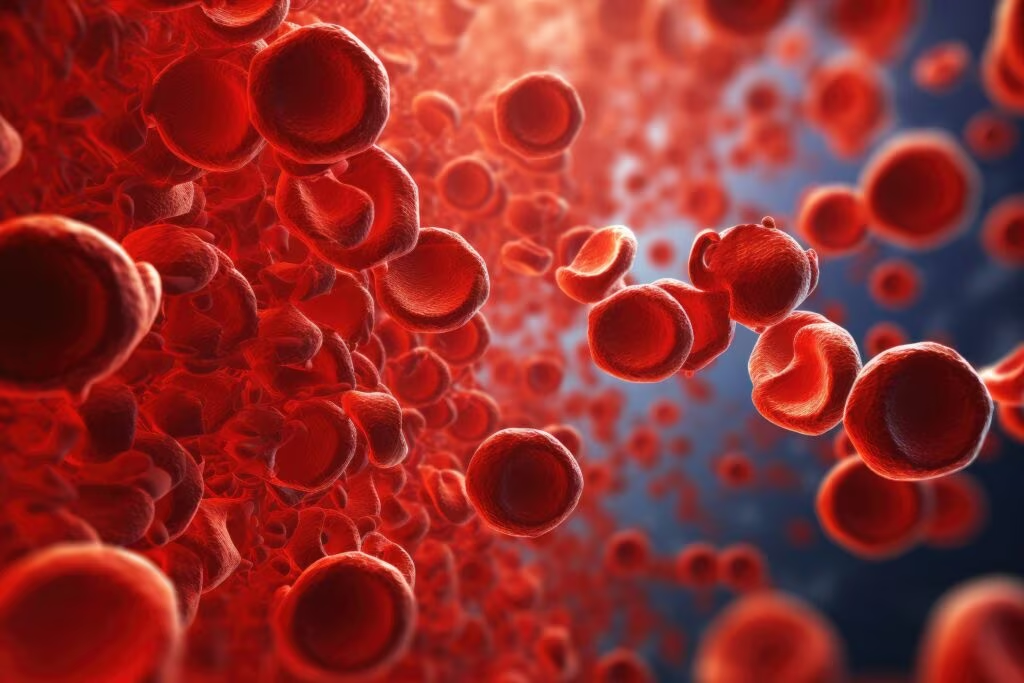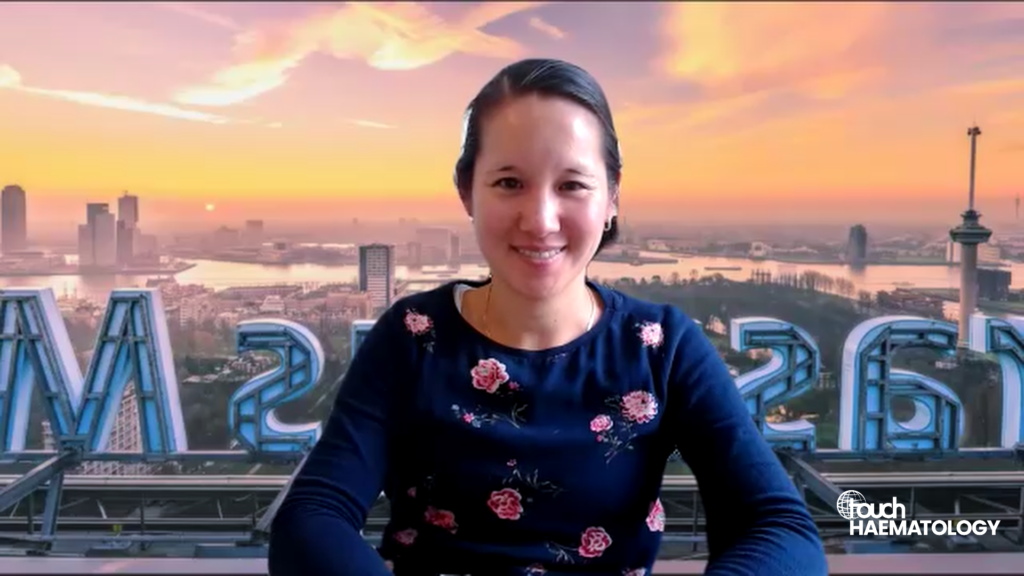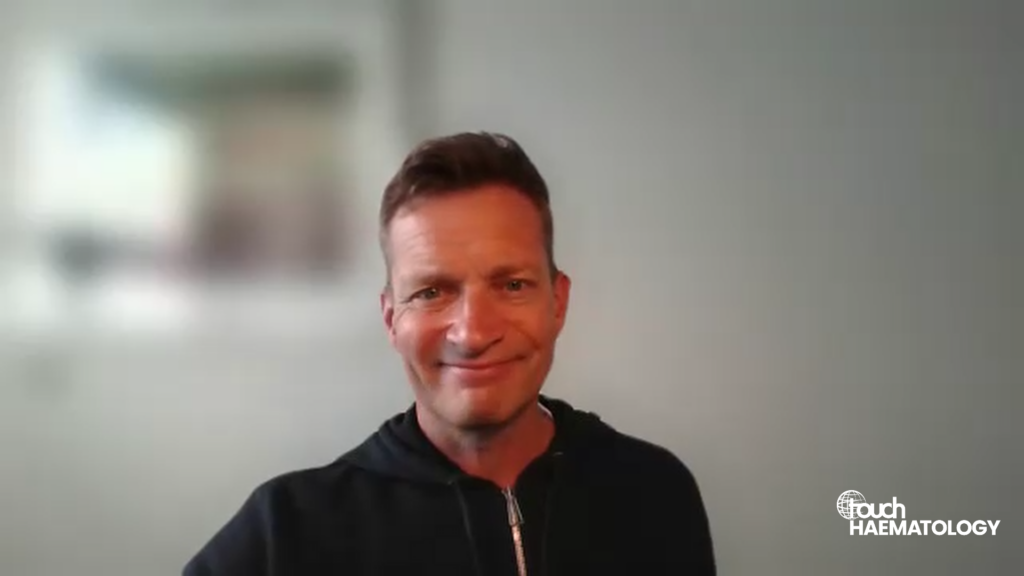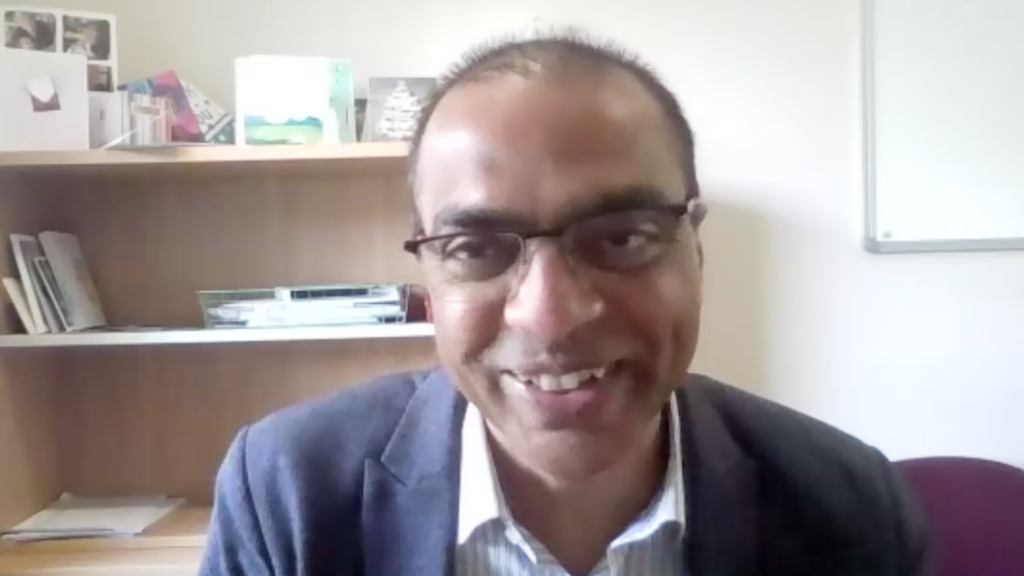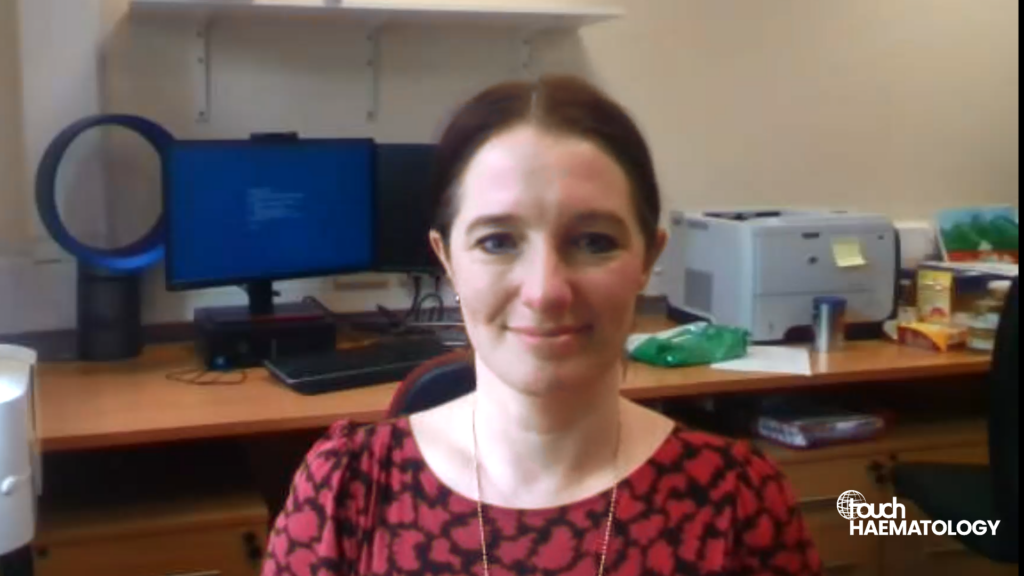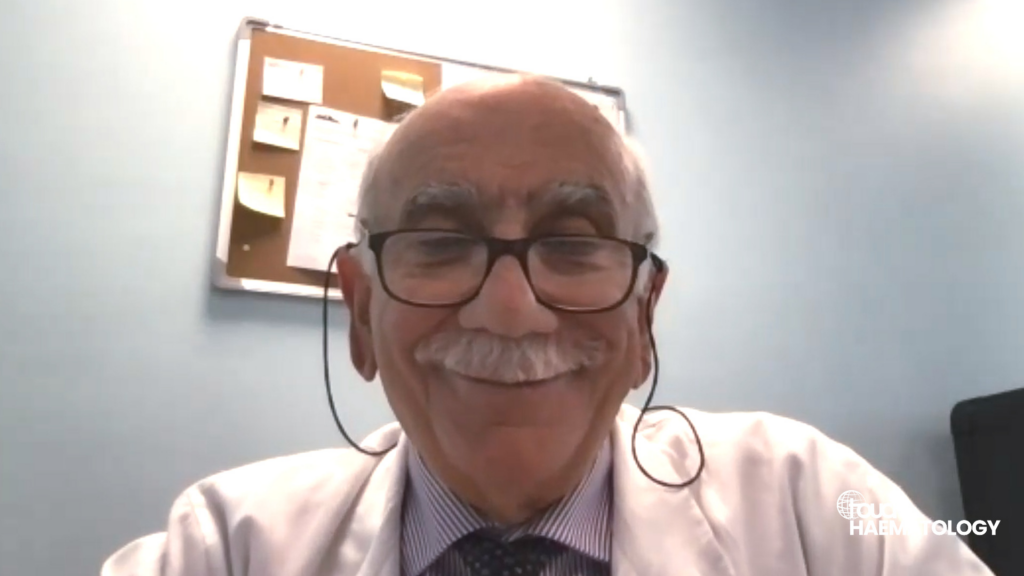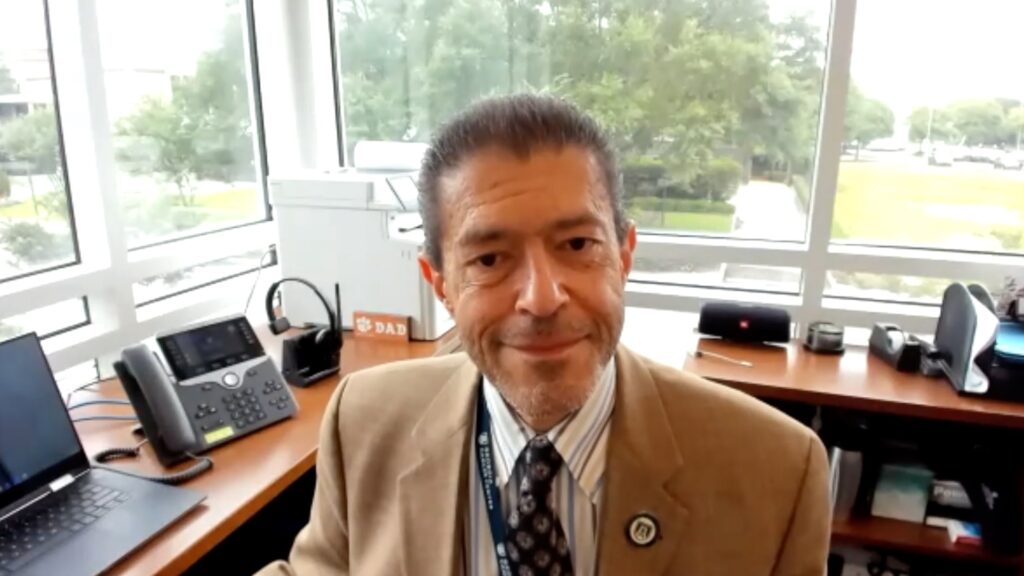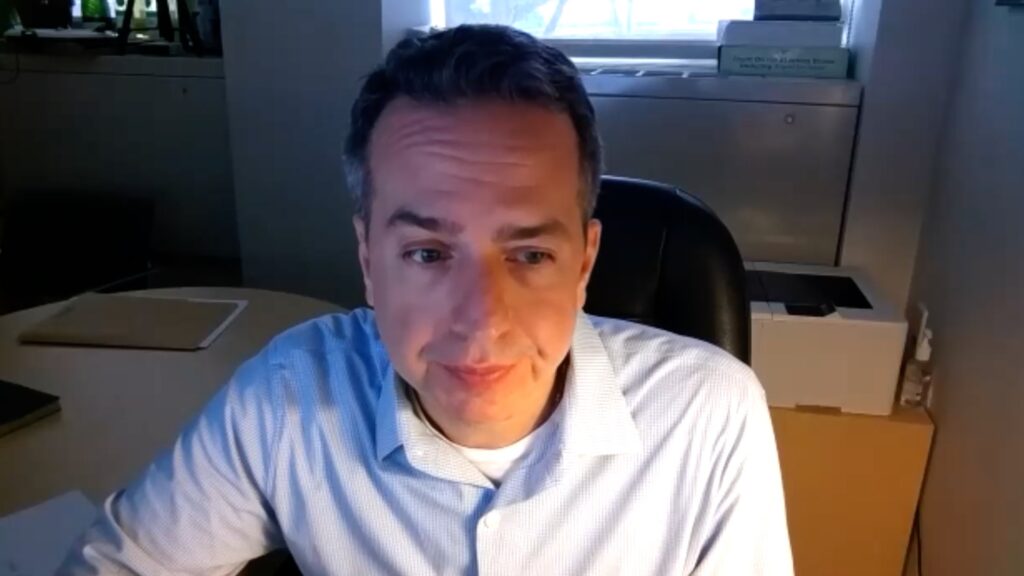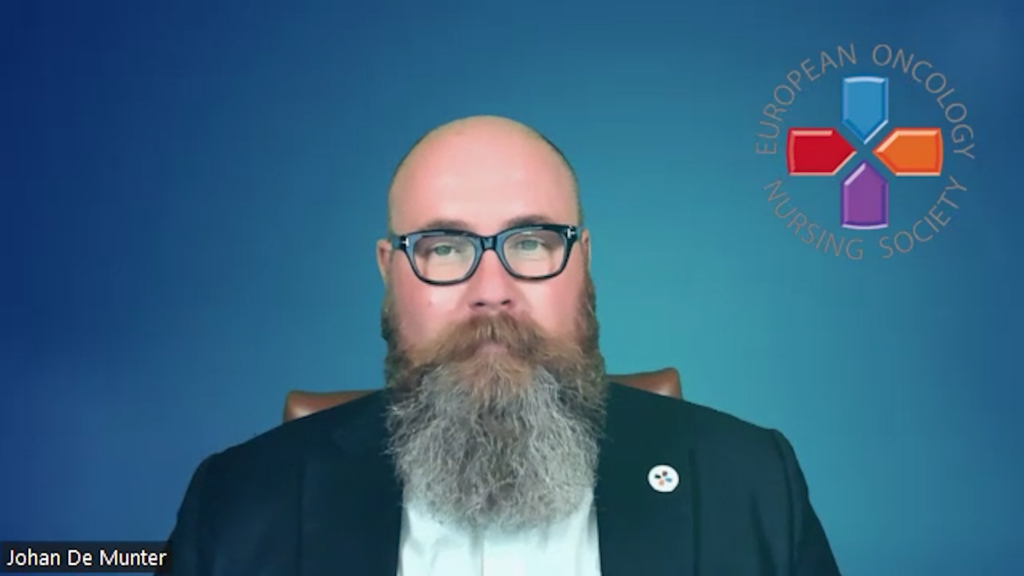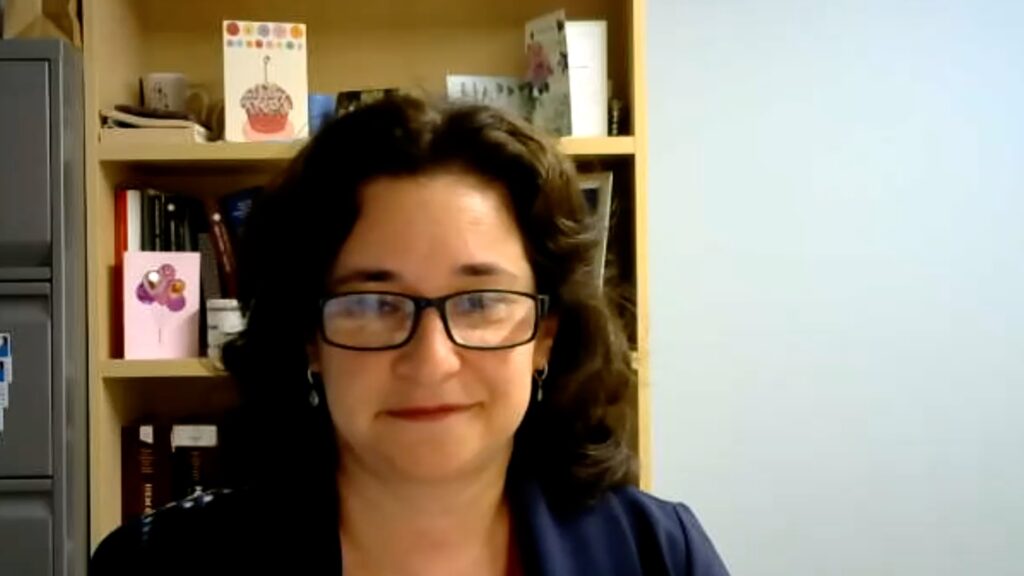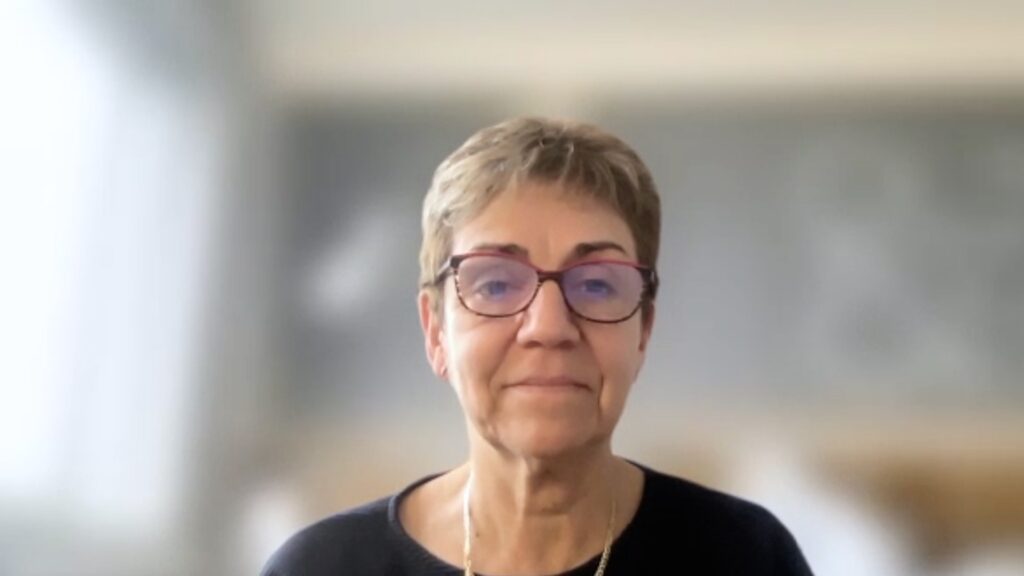BMT-CTN1506 (“MORPHO”) was an international phase III trial investigating the use of post-haematopoietic cell transplantation maintenance with the FLT3 inhibitor, gilteritinib, in patients with FLT3-ITD acute myeloid leukaemia. The aims and findings of the trial, as well as questions that remain to be answered, are discussed in this touchHAEMATOLOGY interview with Dr Mark Levis (Sidney Kimmel Comprehensive Cancer Center, Johns Hopkins University School of Medicine, Baltimore, MD, USA).
The abstract entitled ‘BMT-CTN 1506 (MORPHO): A RANDOMIZED TRIAL OF THE FLT3 INHIBITOR GILTERITINIB AS POST-TRANSPLANT MAINTENANCE FOR FLT3-ITD AML’ (Abstract #LB2711) was presented at the EHA 2023 Congress, 8–11 and 14–15 June 2023.
Questions:
- What were the aims of the study? (0:13)
- What were the primary and secondary endpoints and how well were they achieved? (1:55)
- What were the findings in terms of the efficacy of gilteritinib in the study? (2:55)
- What is the potential clinical significance of these findings for post-transplant maintenance therapy in LT3-ITD AML? (4:35)
- What questions remain unanswered and what future studies are planned? (5:42)
Disclosures: Mark Levis is a consultant for Astellas and Daiichi-Sankyo, is on the advisory board of Astellas and Daiichi-Sankyo and has received honoraria from Astellas and Daiichi-Sankyo.
Support: Interview and filming supported by Touch Medical Media. Interview conducted by Lisa Glass.
Filmed as a highlight of EHA 2023.
Access more content on Leukaemia and Haematological Malignancies
Transcript
I’m Mark Levis at the Sydney Kimmel Comprehensive Cancer Center at Johns Hopkins in Baltimore USA.
What were the aims of the study? (0:13)
The broad aim of this study was to learn how to use a FLT3 inhibitor in the post-transplant setting. The specific aims were to ask if the FLT3 inhibitor gilteritinib improved relapse-free survival for all patients with a FLT3/ITD mutation undergoing allogeneic transplant, and if we could use measurable residual disease, MRD, to identify those patients that benefited most or did benefit at all. So, in the field, the question of whether or not to give a FLT3 inhibitor after transplant had remained an open question. Patients with a FLT3/ITD AML routinely go to allogeneic transplant and, without any further therapy, 2 out of 3 at least are cured. So we know that if you give a FLT3 inhibitor to all of them, you are incorrectly giving it to 2/3 of patients, patients who don’t need the drug and a FLT3 inhibitor can be toxic. So, you’re doing harm to 2/3 of patients. Therefore, it wasn’t just enough to ask the question “Let’s prove we should give it to everybody”. We really wanted to identify those who truly needed it from those who didn’t. And that’s what we used MRD for. So the specific aims were as stated but broadly was how to use and in whom to use a FLT3 inhibitor.
What were the primary and secondary endpoints and how well were they achieved? (1:55)
So again, the primary endpoint was relapse-free survival overall, for all patients. Secondary endpoints focused on the use of MRD and how they applied to that endpoint. The primary endpoint showed that gilteritinib improved relapse-free survival overall, but it did not reach the statistical level of significance that we had preset, of 0.05. It came out to be 0.0518, off by one relapse. So yes, you can look at the data and say, gee, everybody, if you’re a clinician, yes, the odds are you’ll benefit your patient if you just give it to everybody without any further thought. But the secondary endpoints were really what determined how useful this study became.
What were the findings in terms of the efficacy of gilteritinib in the study? (2:55)
Broadly, it was efficacious, but only barely so for the whole population. 50% of the patients had MRD. And those 50% clearly benefited from it in both relapse-free and overall survival and the patients who did not have MRD showed no benefit whatsoever. Furthermore, looking at the safety of the drug, it did cause harm in some patients. The harm was consistent, usually could be predicted by drug interactions or the particular type of transplant that was being administered and there is not one transplant given worldwide, there is a breathtaking array of techniques used to transplant, and so the drug doesn’t interact well with some of them. And so we learned that and we now know that for the 50% of patients who are undergoing transplant who don’t have MRD, you shouldn’t give them the drug, all you’re gonna do is offer risk of harm or even death. Whereas the patients who have MRD, you had better find a way of keeping them on the drug and mitigating potential toxicities because if they go off the drug, they’re gonna have a high risk of relapse and death. So, we’ve really split the field in two or rather the patient population in two, and now we can call out the patients we don’t want to harm, who don’t need this drug, from those who truly do and that we need to work to get them the drug.
What is the potential clinical significance of these findings for post-transplant maintenance therapy in LT3-ITD AML? (4:35)
Clinicians now know which patients they truly need to work to keep on this maintenance therapy. And perhaps more importantly, we’ve developed a new tool which is this MRD assay which was specific for the FLT3 mutation that a clinician can now use to not only decide who needs the drug but to decide how long they need the drug for. Some patients should stay on the drug almost permanently because they can never eradicate the detection of the MRD, other patients eradicated quickly and could go off the drug. So this is a tool that clinicians can use to keep a mildly toxic but genuinely toxic treatment away from patients who don’t need it and administer a key treatment to those who do, not just probably in transplant, this is gonna probably lead the way forward for all aspects of the disease using this MRD approach.
What questions remain unanswered and what future studies are planned? (5:42)
Some questions remain as to why gilteritinib causes toxicity with some transplant regimens and not with others. Questions remain as to why certain patients are more likely to have MRD and need the drug and why some don’t, why is it you clear your MRD with standard treatment and other patients don’t? And again, what threshold of MRD is meaningful and can this MRD test be used literally to every possible stage of the disease to guide therapy. Those are still questions to be answered more definitively.
Subtitles and transcript are autogenerated

